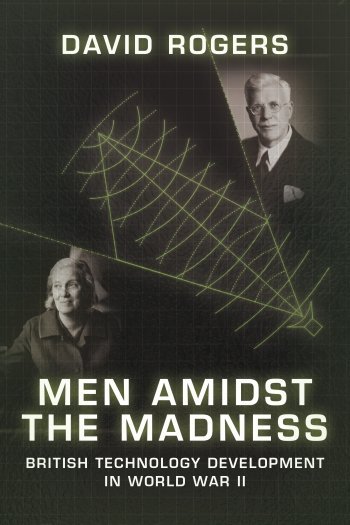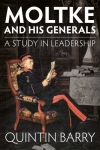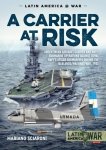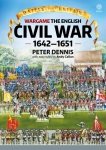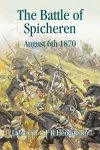-
Załączniki bezpieczeństwa
Załczniki do produktuZałączniki dotyczące bezpieczeństwa produktu zawierają informacje o opakowaniu produktu i mogą dostarczać kluczowych informacji dotyczących bezpieczeństwa konkretnego produktu
-
Informacje o producencie
Informacje o producencieInformacje dotyczące produktu obejmują adres i powiązane dane producenta produktu.HELION
-
Osoba odpowiedzialna w UE
Osoba odpowiedzialna w UEPodmiot gospodarczy z siedzibą w UE zapewniający zgodność produktu z wymaganymi przepisami.
Individually and collectively, the Fellows of the Royal Society were involved in many wartime activities. For example, prior to the outbreak of World War Two Her Majesty's Government decided to establish a Central Register of persons with 'professional, scientific, technical or higher administrative qualifications', for use in time of War, and entrusted this work to the Ministry of Labour. The Secretaries of the Royal Society discussed the project with officials from that Ministry, and at the beginning of 1939, started to compile the part of the Central Register which dealt with scientific research. Some Fellows such as Sir Winston Churchill FRS, Albert Einstein ForMemRS, Alan Turing FRS, Sir Barnes Wallis FRS and Jan Christian Smuts FRS were either in the public eye during World War Two, or were the subject of films and documentaries soon afterwards. Equally there are individuals who have escaped the limelight. For example, Sir Harry Work Melville FRS was Scientific Adviser to the Chief Superintendent of Chemical Defence, Ministry of Supply (1940-1943) based mainly at Porton Down and Superintendent of the Radar Research Station at Malvern (1943-1945). Sir (Thomas) Angus Lyall Paton FRS organised staff for the supervision of a number of the reinforced concrete caissons and Phoenix units that formed part of Mulberry Harbours for the invasion of France, which incidentally were designed by Sir Bruce White. Of course Sir Frank Whittle OM CBE CB FRS also came to the public's attention for his war work on the jet engine. Interestingly, William Michael Herbert Greaves FRS was appointed Astronomer Royal for Scotland, as well as Professor of Astronomy at Edinburgh University and was in charge of the Royal Observatory in Edinburgh. He helped to set up an independent time service there, in case the regular Greenwich time service should be completely disrupted. This service was run by Greaves with the help of only a very small staff. These, and many other stories, provide a fascinating and detailed picture of the men frequently labelled 'boffins', and the work they did during World War Two.



